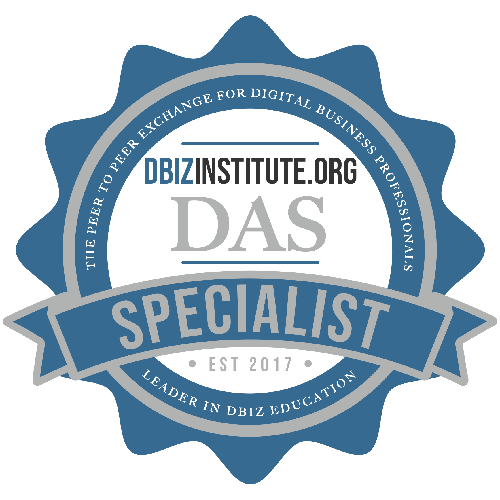Home / Resources
Resources
Discover a Wealth of BPM Knowledge and Expertise at BPMInstitute.org!

Implementing Process Change in State Government
DMV – Three letters that can strike fear in any man or woman’s heart, a term that all too often brings images of long lines and broken processes and red tape. State Departments of Motor Vehicles typically face many challenges: with lower budgets, staff reductions and increasing numbers of drivers and vehicles being registered. They face the challenge of continuing to provide quality services to the public while meeting increasingly challenging mandates from federal, state and local governments.

Applied Creativity and Value Discipline: The Innovation Cycle – Part 1
Part 1: Why innovation is such a challenge in a corporate setting
Next month, Part 2: A manager’s guide for application and implementation of the Innovation Cycle
Innovation is currently a hot topic in the executive suite and in business publications. Amid the buzz, managers are uncertain about how to reconcile the seemingly opposing calls for increased innovation and bottom-line productivity. As a result, when challenged to grow their businesses they often default to more familiar options, even if growth through innovation could be the best choice. We propose not only a truce between the creative and analytic sides of business, but also a highly valuable method for collaboration that builds upon the strengths of each to maximize the value of innovation investments.
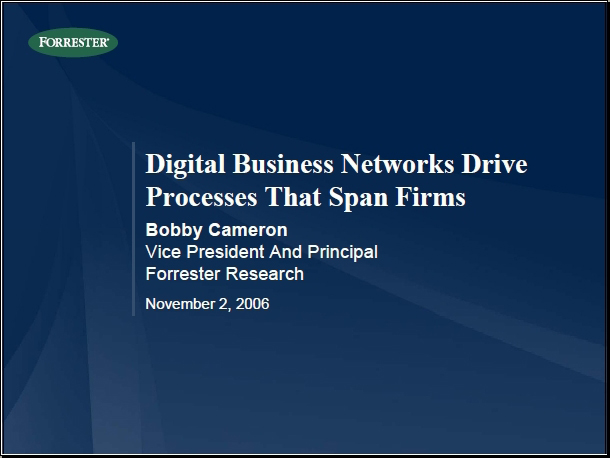
Beyond SOA – Digital Business Networks
Join us to understand how using BPM within a Digital Business Network (DBN) can drive innovation and create a competitive advantage. Forrester describes ‘Digital Business Networks’ as collaborative value chains, comprised of companies focused on creating timely, customer-oriented and process-centric innovations. By breaking down siloed monolithic enterprises, DBN uses a services oriented approach to accommodate change without compromising security.
How can the concept of a DBN help BPM Suites evolve, and how can BPM help evolve the DBN?

Understanding “Services”
In the last column, I introduced the topic of services engineering and why it is going to be so important. The vast majority of the labor force is employed in services today, and nearly 80 percent of our GDP is from services industries.

Getting Team Involvement in Process Change
If you’ve worked in the corporate world for any length of time, you’ve probably experienced a merger or acquisition somewhere along the way. Personally, I’ve gone through five in 15 years (which may have been a contributing factor to starting my own business). Each time I’ve been bothered by the overlooked opportunities and communication snafu’s that have resulted in poor morale and decreased productivity. But does that really matter? After all, the company isn’t permanently damaged – gradually morale improves and the productivity gets back on track.
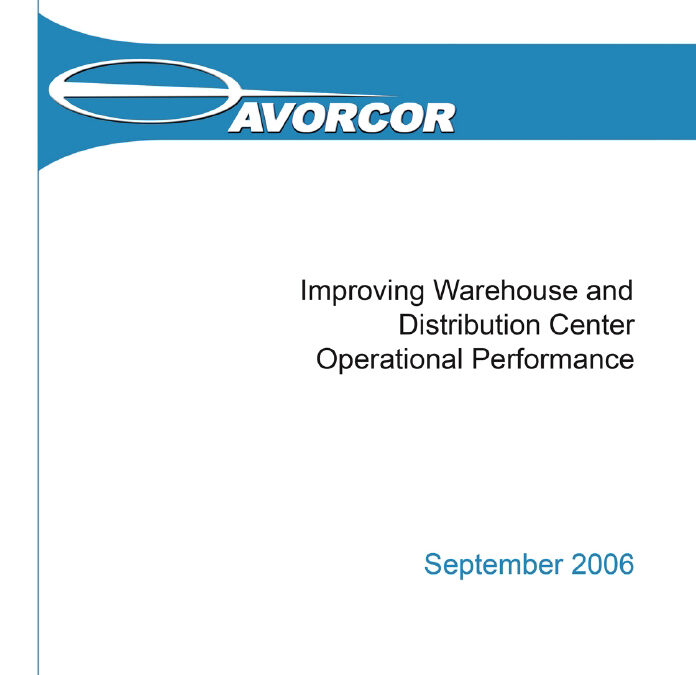
Improving Warehouse and Distribution Center Operational Performance
Many retailers, manufacturers, wholesalers and distributors are consistently faced with the prospect of shrinking margins. Ensuring profitability is a delicate blaancing act of inventory management, cost control, and customer satisfaction. Small improvements in warehouse and distribution center operational performance can result in large gains on the bottom line.

Organizational Governance: Key to Business/IT Architecture Alignment
When executives cannot see their way clear to address structural dysfunction within their organization, then attempts to align business architecture and IT architecture will see limited success. This does not imply that BPM, SOA and systems modernization cannot deliver tactical value. It does imply that these initiatives should be coupled with macro level efforts to recognize and address structural weaknesses across organizational infrastructures that impede business architecture and IT architecture alignment.
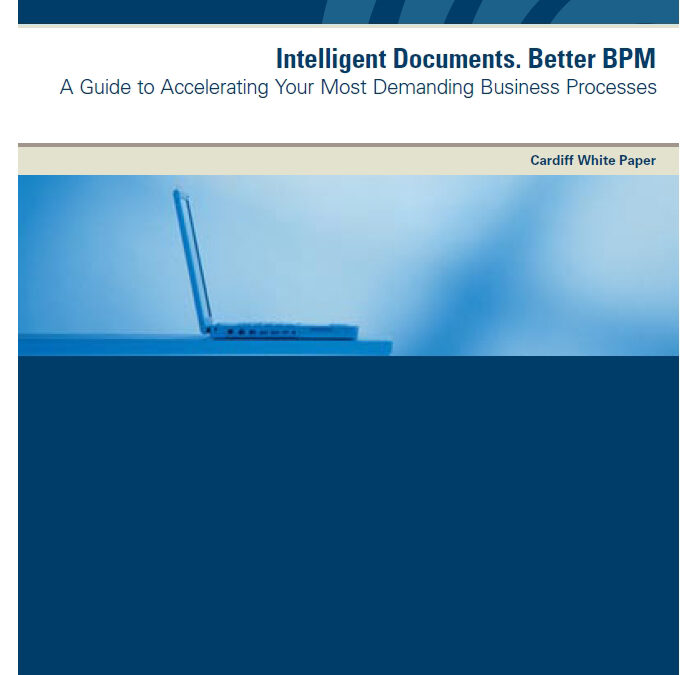
The Next BPM Solution – Intelligent Documents
Companies spend more than $200 billion per year in paper processing. Billions more are lost in profit and regulatory fines from poorly managed business processes. Learn how Intelligent Documents technology can help you find any document – any time.
Case Study: Managing Process Across the Enterprise
George Thomas is the Enterprise Chief Architect at GSA. He focuses on enterprise wide architecture using open standards based, process-centric, and service oriented modeling methodology and tools.
Thomas began his talk by covering grammar and modeling formalisms from selected GSA adopted industry standards. These were presented as a framework for developing the executable service oriented business process models, which can be automatically deployed.
The GSA uses a tool from Data Access Technologies that integrates CCA/FEA design and J2EE runtime environments.
George Thomas is the Enterprise Chief Architect at GSA. He focuses on enterprise wide architecture using open standards based, process-centric, and service oriented modeling methodology and tools.
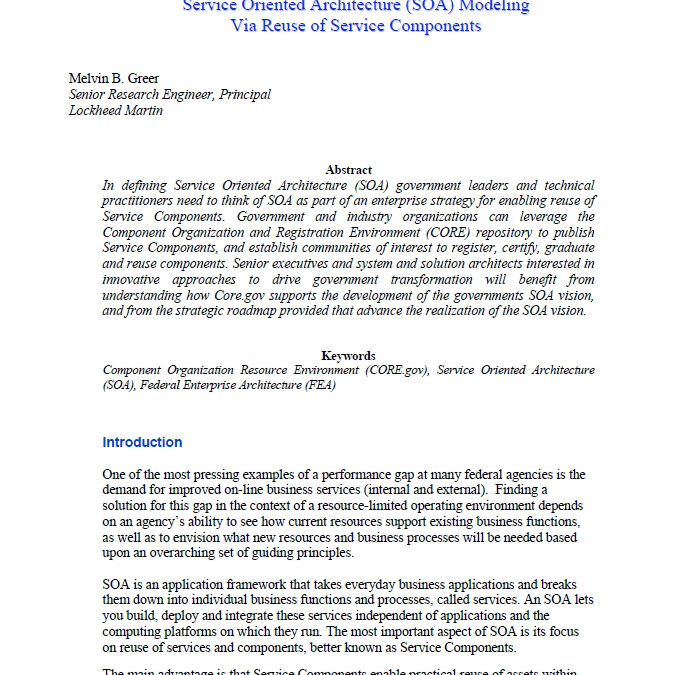
Service Oriented Architecture (SOA) Modeling Via Reuse of Service Components
In defining Service Oriented Architecture (SOA) government leaders and technical practitioners need to think of SOA as part of an enterprise strategy for enabling reuse of Service Components. Government and industry organizations can leverage the Component Organization and Registration Environment (CORE) repository to publish Service Components, and establish communities of interest to register, certify, graduate and reuse components.

BPMS Watch: Can Business Analysts Model Exception Handling?
It’s conventional wisdom in business that 80% of the problems are caused by 20% of the work – the “exceptions.” In BPM, therefore, you’d think that exception handling would be a critical focus of process modeling and analysis. In most cases you’d be wrong.
Certainly the designers of the Business Process Modeling Notation (BPMN) standard at BPMI (now part of OMG) had exception handling in mind from the start. BPMN introduces to process modeling the notion of intermediate events.
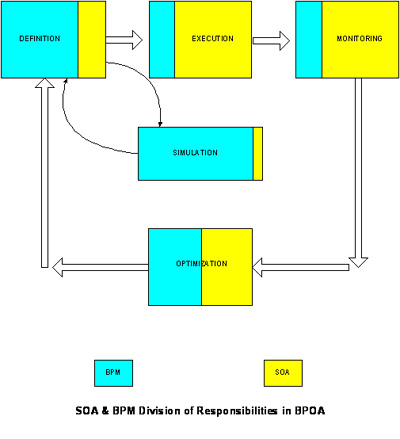
It Takes Two to Tango: BPM and SOA – Part II
In the first part of this article, I discussed the need for BPM and SOA to come together. In this part, I shall make an effort to predict the effect this tango may have on the enterprise. From the Forrester point of view, BPM can be viewed from three distinct perspectives. The first one is in relation to human-centric business processes, traditionally called human workflow management. The second one has content –centric business processes in focus.
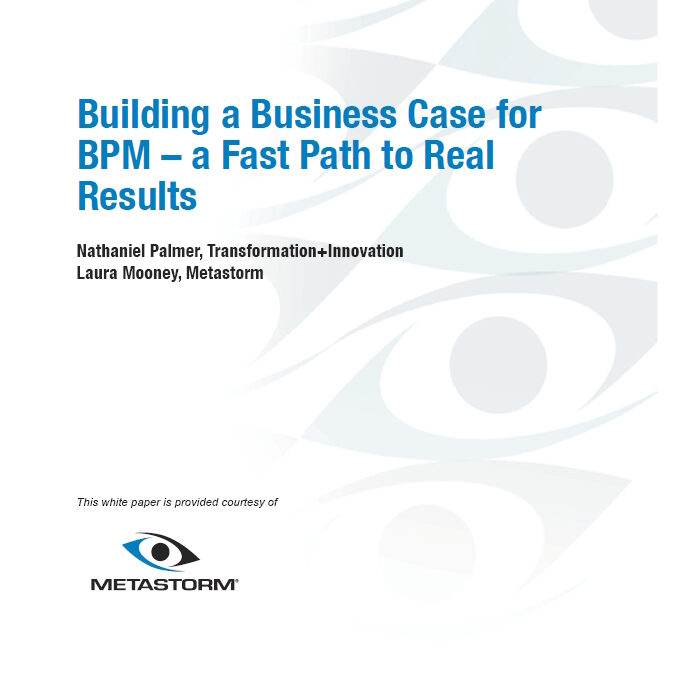
Building a Business Case for BPM – a Fast Path to Real Results
Business Process Management is not new – it is an established, proven discipline that combines a focus on process with an integrated set of specialized software tools to deliver real business results.
Organizations around the world and across industries have proven the value that BPM can deliver – greater efficiency, increased visibility, better control, enhanced operational agility, and measurable ROI in the range of 10-300%.
Sustainable Business Rules: An Introduction – Part 1 of 3
Introduction
As a business rules approach becomes more widely accepted as a standard practice for business systems development, the concepts, methodologies, and tools that support this approach will need to mature and evolve further. I would like to introduce a new concept that looks at business rules from a point of view of sustainability. In other words, I’m coining this concept with the term “Sustainable Business Rules”. In part one of this three part article, I will explore this concept and introduce the characteristics of sustainable business rules.
Building a Government Services Oriented Architecture
Governments provide services, right? So why not provide them via a Services Oriented Architecture (SOA)?
Does that question actually make sense? Governments provide services like trash collection, street repairs, public safety, etc. These kind of physical services are not going to be handled by any advanced computer network, or at least none that we can imagine today.
But wait a minute. Governments also provide informational services. Is this car title valid? Does this driver’s license belong to the person in front of me?
And not just inquiries.

Process Project Hits and Misses
The success of a campaign to foreground business process orientation as a critical component of organizational competitiveness will depend on many factors. The terms and terminology associated with business process management must be commonly defined and understood.

Design Thinking: Driving Innovation
The word “innovation” is approaching the status of buzzword, which is unfortunate because the concepts it covers – those that drive it – are both significant and elusive. We can ill afford to let them slip out of consciousness simply because the term that indexes them falls out of fashion. While it is still viable, then, a few words about some of the more important of these innovation concepts.
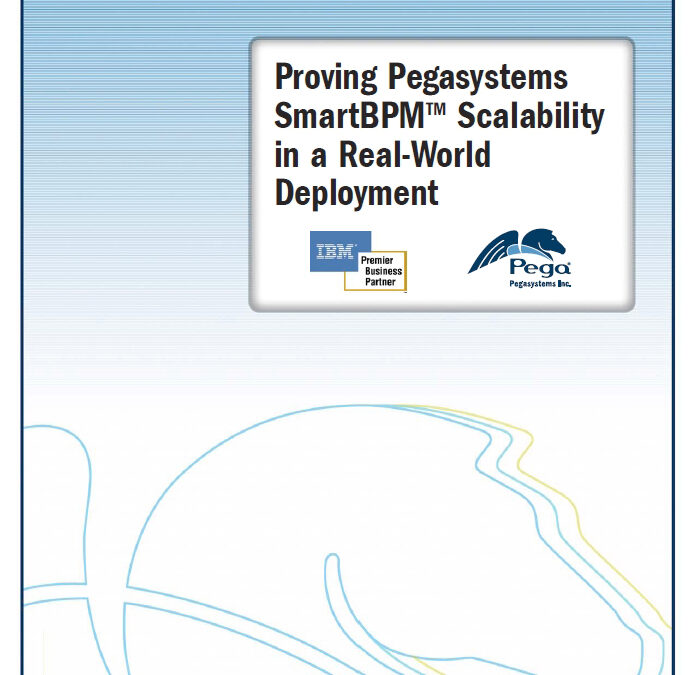
Proving Pegasystems SmartBPM Scalability in a Real-World Deployment
Many large organizations need to know that their BPM solutions based on a Service Oriented Architecture (SOA) can scale to meet the needs of massive numbers of users. Government agencies, consumer retailers, retail banks, healthcare payers and providers, for example, need to be able to provide access to tens of thousands of concurrent on-line users. BPM is not just work baskets in a small department; it is the future of how organizations function.

Three Dimensions of BPM Maturity Models
The original Capability Maturity Model (CMM) was developed by the Software Engineering Institute (SEI)1 and provides a robust discipline to help developers achieve maturity in their software development processes. There are a number of factors that influence the maturity of the software development processes within an enterprise. These include the strategic plans of the enterprise, the enterprise’s own organization and culture, as well as the technologies that are adopted within the enterprise IT architecture.
Case Study: Design and Implementation of Process Management Systems in Government Organizations
Dr. Collins is the Intradepartmental Projects Administrator for the Florida Department of Revenue (DOR). In addition, Collins has worked in and consulted with numerous Florida organizations, including Florida State Hospital, the Department of Children and Families, and the Florida Sterling Council. His15 years of experience in the public sector includes roles in major organizational transformations in strategic planning, process management systems, measurement design, and reengineering projects.













